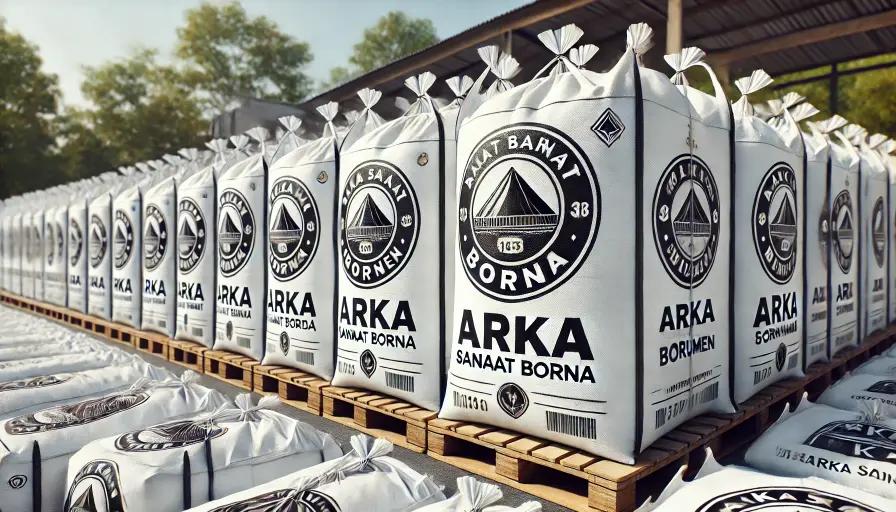
Bitumen packing system by containers
The Process of Bitumen Packing
Bitumen, a crucial material in the construction and infrastructure industry, particularly in road building, needs to be carefully handled and packed to maintain its quality and ensure safe transportation. The bitumen packing process is a critical step in the supply chain, involving several stages to ensure that the product reaches its destination intact and in the best possible condition. Below is an overview of the typical bitumen packing process:
1. Bitumen Production and Storage
The process begins with the production of bitumen, which is derived from crude oil through a distillation process. Once the bitumen is produced, it is stored in heated tanks to keep it in a liquid state, which is necessary for the subsequent packing process. The temperature is carefully controlled to prevent the bitumen from solidifying, which would complicate the packing process.
2. Quality Control
Before the bitumen is packed, it undergoes a rigorous quality control process. Samples are taken from the storage tanks to test for consistency, penetration, viscosity, and other key properties that determine its suitability for various applications. Only after passing these tests is the bitumen approved for packing.
3. Heating and Pumping
To facilitate packing, the bitumen is heated to a temperature of around 150-160°C (302-320°F). This ensures that the bitumen remains in a liquid state, making it easier to pump into the packing containers. The heated bitumen is then pumped through insulated pipes to the packing area.
4. Packing Methods
There are several methods for packing bitumen, depending on the type of container being used:
-
Drum Packing:
- In this method, liquid bitumen is poured into steel drums, which are a common choice for transporting bitumen. The drums are filled using automated systems that ensure accurate filling and prevent overflows.
- Once filled, the drums are sealed with lids and fastened securely to prevent leakage.
-
Jumbo Bag (FIBC) Packing:
- For bulk transport, bitumen is packed into Flexible Intermediate Bulk Containers (FIBCs), commonly known as jumbo bags. These bags are typically made from woven polypropylene and are capable of holding large quantities of bitumen, typically 1000 to 1300 kg.
- The bitumen is poured into the bags while it is still hot. The bags are designed to withstand the high temperatures and solidify the bitumen once it cools down.
- After filling, the bags are sealed and prepared for transportation.
-
Polymer Bags (Bitumen Bags):
- Bitumen can also be packed in specialized polymer bags that are designed to melt along with the bitumen during the application process. This method is particularly convenient for road construction, as it eliminates the need to remove the packaging.
5. Cooling
Once the bitumen is packed into containers, it is allowed to cool down. In the case of jumbo bags and drums, the bitumen solidifies as it cools, making it easier to transport and store. Proper cooling is essential to avoid deformation of the containers and to maintain the integrity of the bitumen.
6. Labeling and Documentation
Each packed container is labeled with important information, including the type of bitumen, batch number, weight, and any relevant safety warnings. Documentation is also prepared to accompany the shipment, ensuring that all necessary information is available for customs clearance and regulatory compliance.
7. Storage and Transportation
The packed bitumen containers are then moved to storage areas where they await transportation. Depending on the destination, the containers may be stored in warehouses or open yards, protected from environmental elements. Transportation is typically carried out by trucks, ships, or rail, depending on the distance and logistical considerations.
8. Final Quality Check
Before the packed bitumen leaves the facility, a final quality check is conducted to ensure that the packaging is intact, and the labeling is correct. This step is crucial to prevent any issues during transportation, such as leakage or contamination.
9. Delivery to the End User
Finally, the packed bitumen is delivered to the end user, which could be a construction company, a road-building contractor, or an industrial facility. Upon arrival, the bitumen is either used immediately or stored for future use, depending on the project requirements.
Conclusion
The bitumen packing process is a meticulous and well-coordinated operation that ensures the safe and efficient transport of bitumen from production facilities to end users. By following stringent quality control measures and using appropriate packing methods, companies can deliver bitumen in the best possible condition, ready for use in various infrastructure projects around the world.

